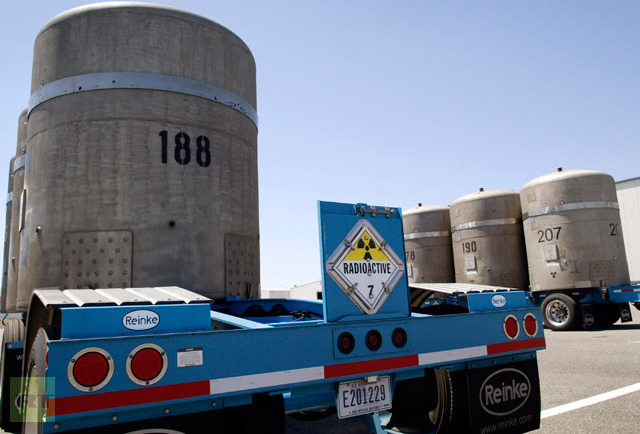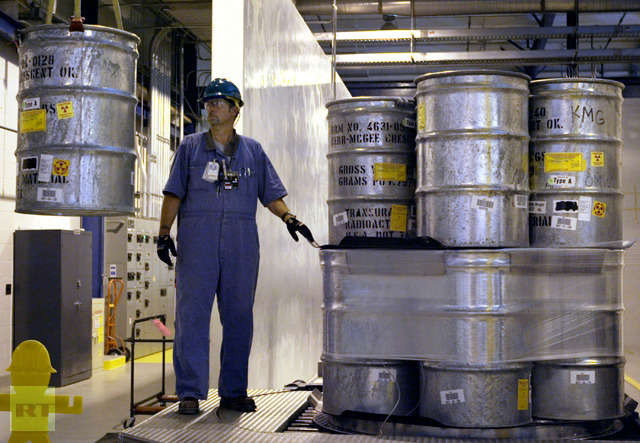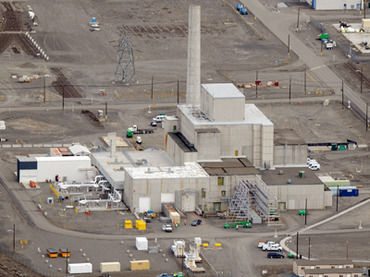The nuclear leak is the first confirmed case of this type since the federal government's introduction of a security program in 2005 to dispose of content from exposed single-shell tanks.
On Friday, the US Department of Energy announced that one of Hanford 's 177 radioactive waste tanks is disposing up to 300 gallons per year. The leaks have come from Tank T-111, built between 1943 and 1944, now holding some 447,000 gallons of highly radioactive slurry left from plutonium production of nuclear arms.
"The tank was classified as an assumed leaker in 1979," said the DOE. "In February, 1995, interim stabilization was completed for this tank. In order to achieve interim stabilization, the pumpable liquids were removed in accordance with agreements with the State of Washington."
The governor of the state was outraged by the announcement.
"I am alarmed about this on many levels," Washington's governor Jay Inslee said at a news conference. "This raises concerns, not only about the existing leak ... but also concerning the integrity of the other single shell tanks of this age."
Other tanks on the site are now been examined and currently there is"no immediate public health risk," the governor said.

Six TRUPACT transport containers sit outside the Waste Receiving and Processing facility (WARP) on the Hanford Nuclear Reservation, near Richland, Washington
An estimated 1 million gallons of waste, leaked from the site over 70 years, threatens the local environment of the Columbia River.
"We will not tolerate any leaks of this material to the environment," Inslee said.
The US Department of Energy is trying to deal with the problem by transferring the waste from 149 potentially unsafe single wall tanks to 28 double-wall units, but space is running out. More than 60 of the tanks are thought to have leaked over time. Erection of an estimated $12 billion plant is running behind schedule and billions of dollars over budget. The plant is designed to turn radioactive waste into glass logs through a vitrification process.
People on the ground in Hanford constantly bring up the safety issues,
"We're out of time, obviously. These tanks are starting to fail now," said Tom Carpenter of the Hanford watchdog group Hanford Challenge. "We've got a problem. This is big."

But planned sequestration in two weeks' time might cut spending in all federal agencies, unless stopped by the Congress, Inslee noted, which could result in layoffs at Hanford, and "could conceivably stop the remediation effort at some of these tanks."
The combination of the deteriorating state of the storage units and sequestration are a recipe for "perfect a radioactive storm," said Inslee.
According to the Seattle Times, around 10 percent of the 586-square-mile facility is contaminated.
Materials including tritium, chromium nitrate and strontium-90 have penetrated the river, according to the state Department of Ecology. But no unsafe levels have been found in farm crops in the region according to the department.




"More than 60 of the tanks are thought to have leaked over time. Erection of an estimated $12 billion plant is running behind schedule and billions of dollars over budget. The plant is designed to turn radioactive waste into glass logs through a vitrification process."
Is this also included in the cost of electrical production?
'No immediate risk': Oh goodie, it is only getting through the next 185,000 years that we need to worry about.